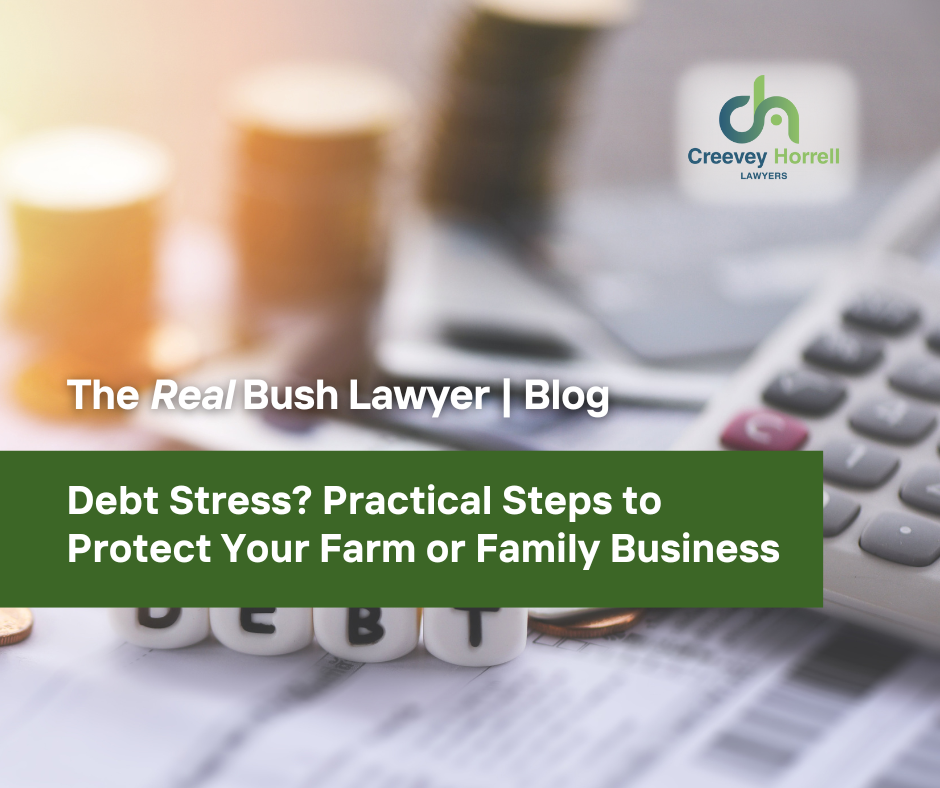Illegal Tree Clearing: Farmers and Land Owners Beware
- yyong59
- Jul 13, 2022
- 3 min read
The recent Queensland District Court Appeal decision of Baker v Smith (No 2) [2019] QDC 242, involving fire breaks sends a stark warning to all landowners about the penalties and costs for illegal tree clearing.
While many disagree with the impact of the various amendments to the Vegetation Management Legislation the reality is that these laws are here to stay and the ramifications for breaking them are severe.
Everyone, including owners of Freehold and Leasehold Land are subject to the existing law until is it repealed or amendment by an act of Parliament. With an increasing environmental focus, and the rising involvement of agencies like the Department of Environment and Science (DES), the Department of Mines and Natural Resources (DMNR) and the Environmental Protection Authority (EPA), we should all anticipate a crack-down on breaches of these sometimes inconvenient laws.
These laws can be tricky, and to expect everyone to know their ins-and-outs might be unrealistic, but land owners and lease holders alike need to be aware that an ignorance of the law or disagreement with law, does not provide a defence to it.
Should you choose to wilfully break the law that will be a factor a sentencing court will take into account, but many environmental laws also do not require intent, and people can and are being prosecuted on a strict or absolute liability basis. This means that even if you have breached one of these laws inadvertently, harsh penalties can still apply.
The Courts are generally not constituted by gullible fools and the recent decision in Baker made that abundantly clear. The case was brought by the Department of Mines and Natural Resources for the unlawful clearing of trees under both the Forestry Act and the Sustainable Planning Act.
In mitigation of penalty, the Appellant raised that the unlawful clearing was conducted for the purposes of fire safety management, to create a firebreak. That argument was rejected by both the Magistrate at first instance, and later in the appellate court, due to the inexplicability of that submission having regard to the substantial size of the area cleared for the stated purpose. At first instance, the Defendant was fined $276,000 for the clearing offences and ordered to pay the costs of the prosecution and investigation, which were assessed at a staggering $541,309.15. Although the fine was reduced on appeal to $250,000 and the costs to $495,000, further costs were awarded against the Appellant on appeal of nearly $225,000, at a total cost to the Defendant of almost $1,000,000.
This case exemplifies that the courts will deal with these matters seriously and will reject inherently improbable submissions. Everyone knows that the real purpose of clearing vegetation is to grow grass and expand the commercial viability of land.
If one thing is clear, it is that land owners need to go through the appropriate approval processes built into the legislation to avoid financially crippling penalties and costs orders that will almost inevitably flow from these sorts of prosecutions.
An increasing focus on larger fines and greater deterrence against any person or company engaging in these types of activities without appropriate approval will be a focus of prosecuting authorities and the Courts.
In Baker, personal deterrence was a significant consideration against the defendant. The overall conduct showed a disregard to the law for a protracted period in which unlawful clearing was pursued without justification or excuse, including for commercial purposes.
Courts and Departments will also seek penalties that focus on deterring others from engaging in similar conduct. These considerations of deterrence in environmental matters will only increase with the added attention being given in light of the global environmental crisis.
Vegetation Management – Forestry Act – Sustainable Planning Act Liabilities
A starting point is that a penalty unit is $110 and a maximum penalty for an offence is prescribed by the legislation. For example, a breach of section 39 of the Forestry Act has a maximum penalty of 1000 units or $110,000.
Subsequent offences under this legislation and other laws provide for far higher maximum penalties. It is important to keep in mind the penalties are applied for each charge, not for a set of offending and that offences under legislation like the Vegetation Management Act and or the Forestry Act will usually also constitute breaches of the Sustainable Planning Act.
The accumulation of these penalties exposes people to incredible levels of liability. The maximum penalty available under the Sustainable Planning Act in Baker’s case was $6.7m.
It is imperative that land owners take the necessary steps to inform themselves and make sure that any conduct is not breaching one of these pieces of legislation. Our team at Creevey Russell Lawyers specialise in these areas and are equipped to assist you in all areas, from dealing with applications for approval, to representing our clients who are being prosecuted under these increasingly misunderstood and serious laws.





.png)




Comments